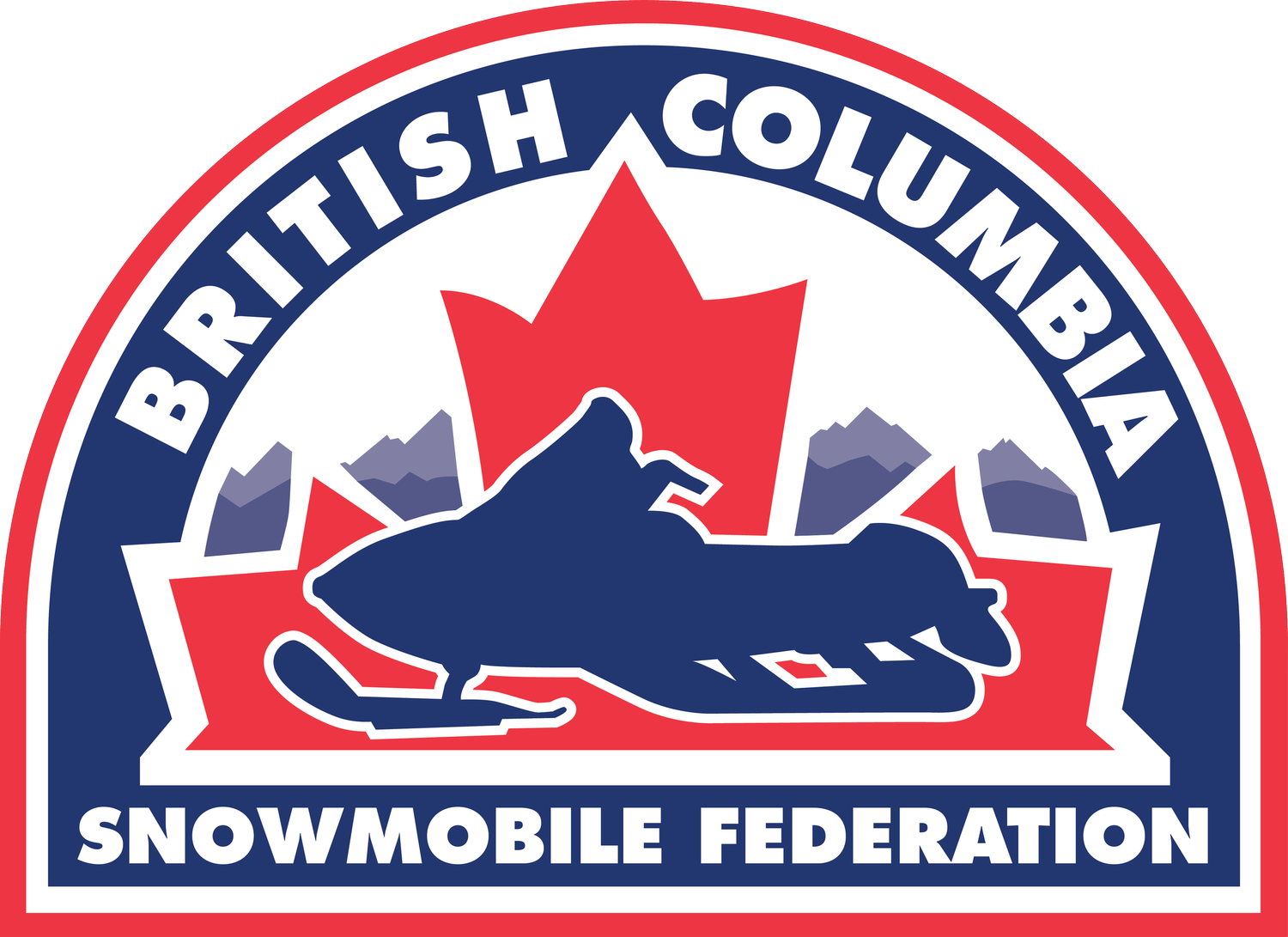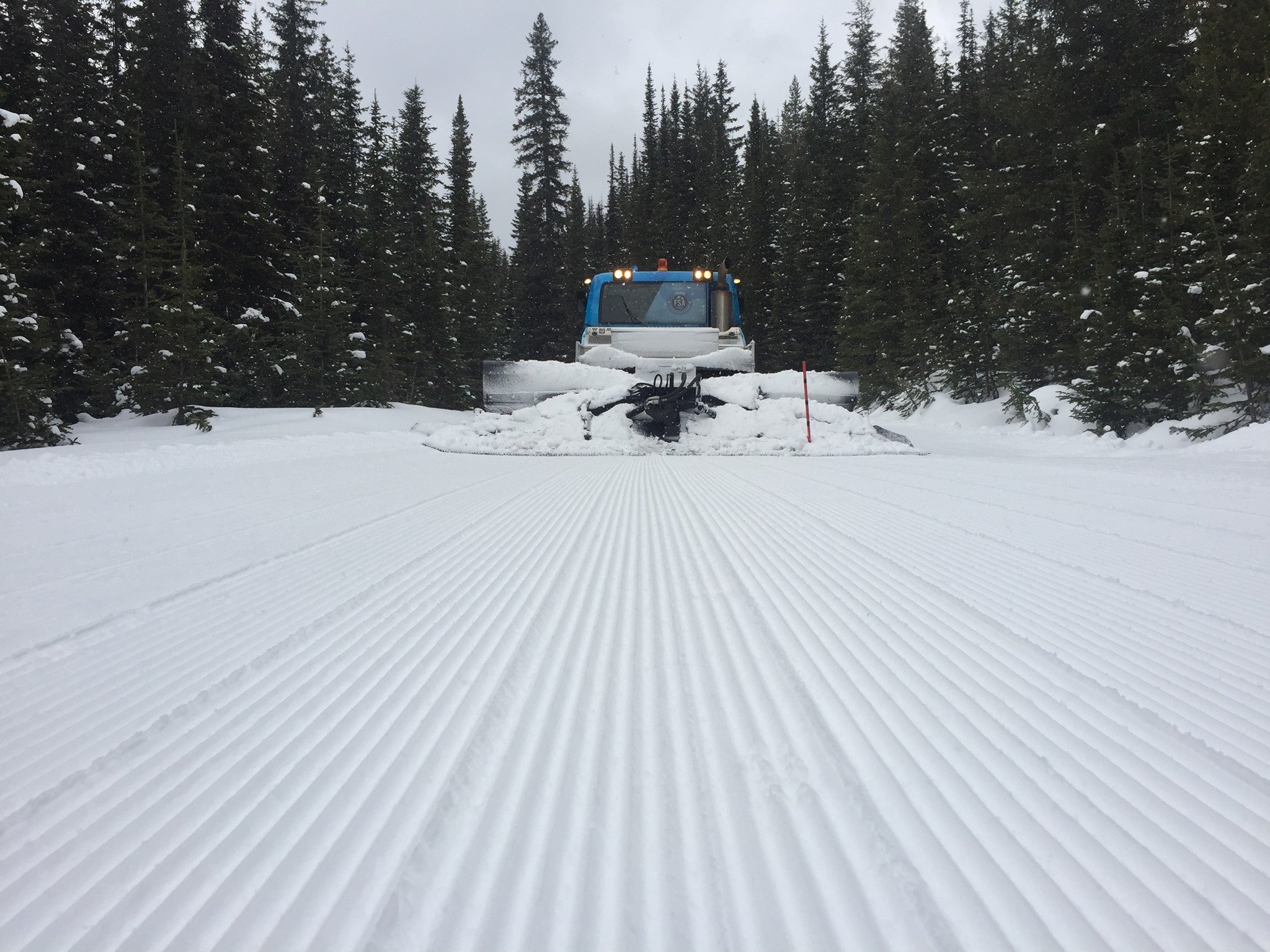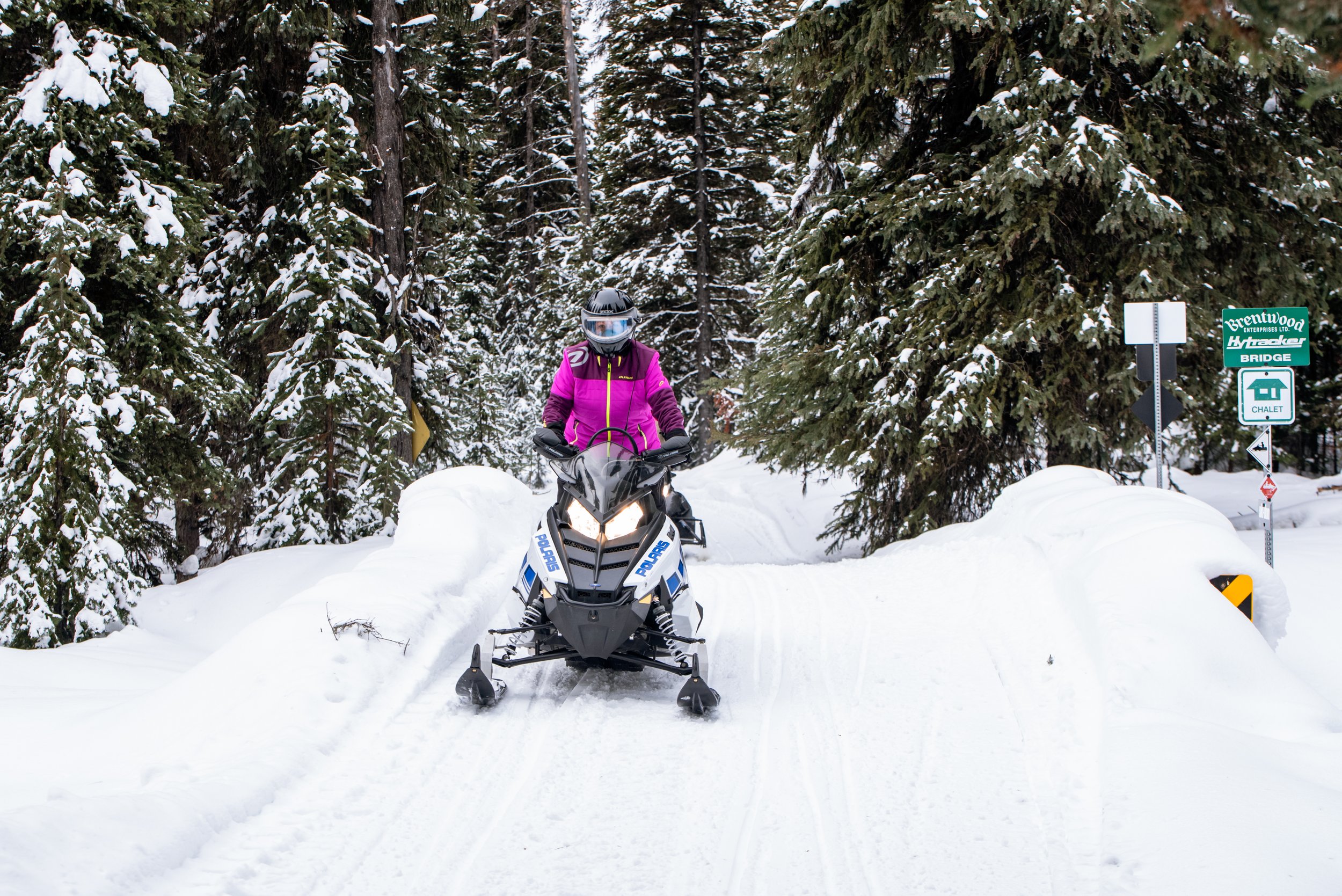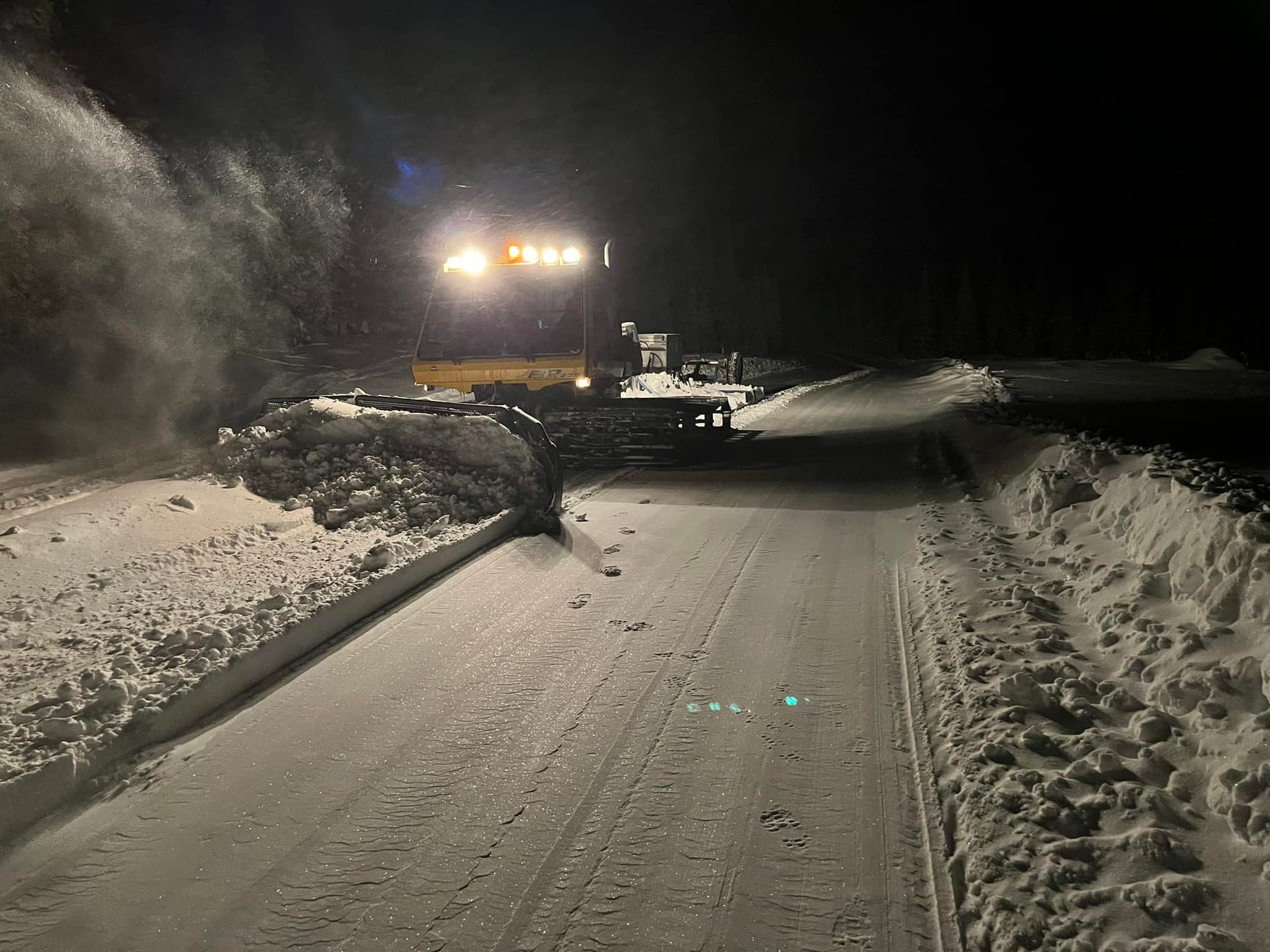Respect WHERE YOU RIDE: Winter Regulations for Wheeled Vehicles on BC Snowmobile Trails
As the snow blankets the landscape in British Columbia, transforming many of the provinces resource roads into designated winter recreation trails, it's crucial for outdoor enthusiasts to be aware of the regulations surrounding wheeled vehicles. BC Snowmobile Federation member clubs work in partnership with the government to manage these designated trails, ensuring they are groomed, well-signed, and safe for snowmobilers. In exchange, snowmobile clubs are authorized to collect day use fees to offset the cost of providing such services (read a great article HERE).
During the winter months, these recreation trails are no longer open roads but public spaces reserved for snowmobiling and outdoor recreation. This transition is marked by the installation of winter signage, ramped-up grooming programs, and where possible, the placement of snow berms or barricades to deter regular vehicular access. Driving a wheeled vehicle on these designated snowmobile trails is not only inconsiderate but can also be against the law.
Under the Forest and Range Practices Act - Forest Recreation Regulation Part 4 Section 6 (1) ‘Operating a motor vehicle or bicycle on a recreation site or trail in a manner likely to cause damage to structures or natural resources is prohibited’.
Structures, under the act, are defined as ‘any improvement of a long-term or permanent nature and includes any road, parking space, launching ramp, campsite, cabin, trail tread, bridge, litter barrel shelter, corral, picnic table, sign, outhouse or fire pit.’
Section 20 (3) empowers Recreation Officers to establish rules for trail use, including giving snowmobile clubs the authority to place signs at trailheads restricting wheeled vehicle travel.
Section 6 (3) also details ‘A person must not park a motor vehicle on a recreation trail, or on the developed portion of either a recreation site or an interpretive forest site, in a manner that impedes traffic or inhibits a person from using the site or trail.’
Snowmobile clubs invest significant time and resources to secure and maintain these recreation areas. Years of fundraising and savings are dedicated to purchasing snowcat groomer equipment, enabling these volunteer-driven not-for-profit societies to meticulously maintain trails, ensuring they are smooth, safe, and accessible to families. Driving a wheeled vehicle on these trails can not only damage the trail surface but may also poses a safety risk to others.
When individuals disregard the regulations and venture onto snowmobile trails with wheeled vehicles, they not only face fines from Conservation Officers or the RCMP but also the prospect of incurring costs from the snowmobile club. Retrieving a stuck vehicle often requires the club participation to tow it out with a snowcat, incurring additional expenses for the vehicle owner.
It's essential for snow enthusiasts to choose appropriate areas for their winter activities. While there are plenty of places in BC for ‘snow-wheeling’, authorized snowmobile trails are off-limits. To ensure compliance, consult the local snowmobile club, the BC Provincial Snowmobile Trail Map and check the government's motor vehicle prohibitions website for any restrictions before embarking on winter adventures.
This is also an opportunity to remind trail users there are several Motor Vehicle Closure Areas in British Columbia which hold special exemptions permitting snowmobiling during certain times of the year. Under the Motor Vehicle Prohibition Regulations, Snowmobiles are considered ‘A vehicle designed primarily for travel on snow or ice, having one or more steering skis, self propelled and using one or more endless belts or tracks driven in contact with the ground’. This is an important distinction that may prohibit use of tracked ATV or side-by-sides in these areas. Always check before choosing where to ride.
Respecting the rules and regulations ensures a harmonious winter recreation experience for all, preserving the beauty of BC's backcountry and the hard work of snowmobile clubs dedicated to maintaining these cherished snowmobile areas. Let's work together to keep these trails safe and enjoyable.








